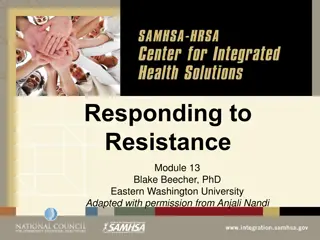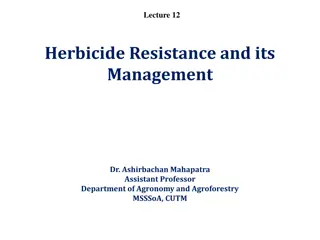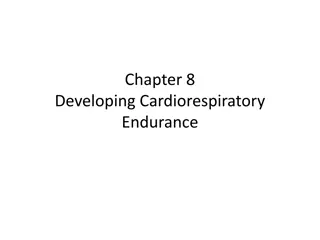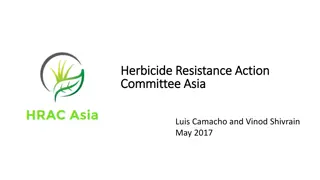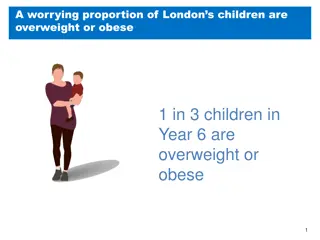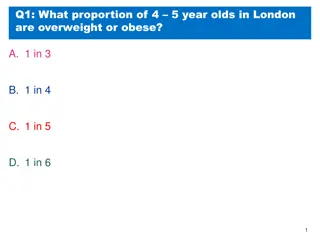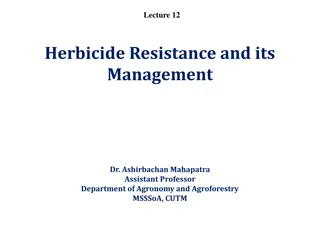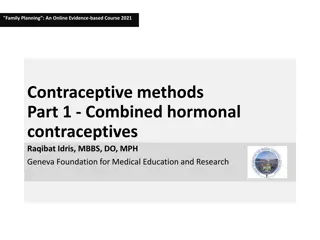Combined Endurance and Resistance Training for Overweight/Obese Youth
Research discusses the benefits of combining endurance and resistance training in overweight/obese children and adolescents. It compares aerobic and resistance exercises, their effects on body composition, physical fitness, and metabolic parameters. Recommendations suggest a combination of both types of exercises, following general guidelines for youth physical activity. The study emphasizes the importance of regular physical activity for overall health beyond weight management.
Download Presentation

Please find below an Image/Link to download the presentation.
The content on the website is provided AS IS for your information and personal use only. It may not be sold, licensed, or shared on other websites without obtaining consent from the author. Download presentation by click this link. If you encounter any issues during the download, it is possible that the publisher has removed the file from their server.
E N D
Presentation Transcript
Physical activity intervention in overweight/obese children and adolescents: endurance and/or resistance training? Aucouturier Julien1 & David Thivel2 1Universit Droit et Sant Lille 2, EA 4488 "Activit Physique, Muscle, Sant ", Facult des Sciences du Sport et de l'Education Physique, 59790 Ronchin, France 2Clermont University, Blaise Pascal University, EA 3533, Laboratory of the Metabolic Adaptations to Exercise under Physiological and Pathological Conditions (AME2P), BP 80026, F-63171 Aubi re cedex, France
General Physical Activity recommandations for youth According to the Whorl Health Organization 60min /day of moderate to vigorous intensity physical activity Aerobic exercise + Activities that strengthen muscles and bones Children/Adolescents Do not only target body weight or fat mass loss: exercise has many benefits for health independent of change in body composition
Aerobic or Resistance exercises: definitions Aerobic exercise training (also termed endurance or cardio training) refers to exercise programs at low-to-moderate intensities that relies primarily on the aerobic metabolism. Also called strength training or weight training, resistance training involves the use of muscular strength to work against a resistive force or move a weight. Resistance exercises are designed to gradually develop greater resistance in order to induce muscular contractions which develop strength, anaerobic endurance, and the size of skeletal muscles.
Aerobic vs. Resistance training? Effects on Body Composition Body weight BMI Fat Mass Lean Mass Visceral Adipose Tissue Intra- muscular fat Inta- hepathic Lipid Endurance Resistance Effects cardiovascular and metabolic parameters Insulin sensitivity LDL-C HDL-C Triglycerides CHO-Total Blood Pressure Endurance Resistance - - Effects on Physical fitness Musculoskeletal fitness Cardiorespiratory fitness Endurance Resistance ?
Recommendations Resistance and endurance exercises have to be combined Practitioners are encouraged to follow the classical general recommendations for exercises prescriptions in children and adolescents 60 minutes or more of Physical activity every day the main core of the 60 minutes should be moderate to vigorous activities + muscle and bone strengthening about 3 times a week.









